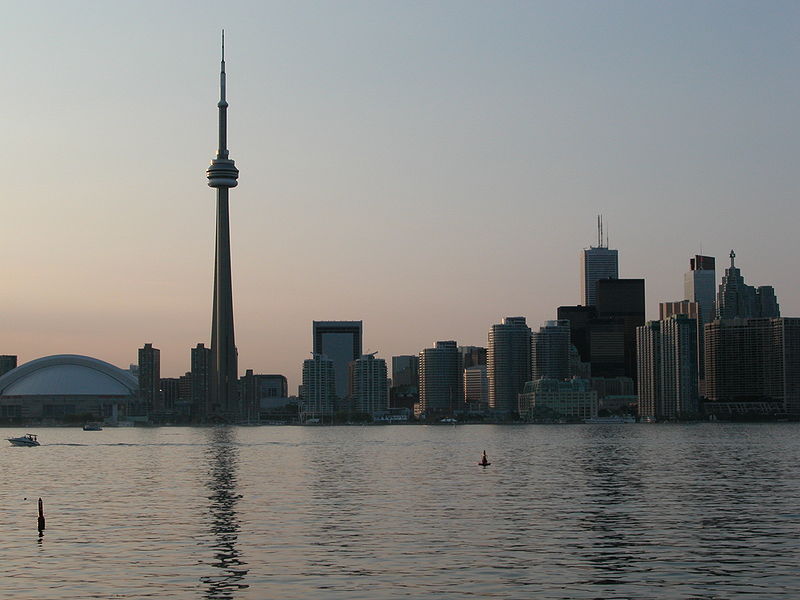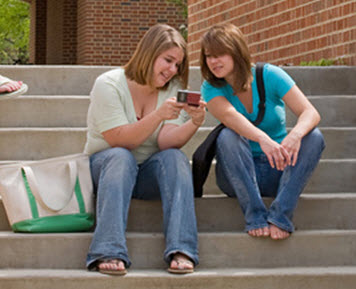 A startup company is helping to make learning more exciting and fun for children.
A startup company is helping to make learning more exciting and fun for children.
A Toronto, Canada, startup is using augmented reality technology to help to overcome the tedium and boredom that is often associated with geography classes and make the subject more exciting for children.
The strategy uses maps in a unique and interactive way to help Canadian children to learn about the world.
The augmented reality program is called Fun Maps for Kids, and it applies interactivity to digitized maps in order to help to make them more interesting to child learners. This startup was created by a family in Toronto who had returned from a trip with their son – three years old – which took them around the globe.
Worldwide travel helped to inspire the development of this augmented reality learning tool.
The founders of the company are Martin Pietrazak and Natasza Cieplik, who created it in 2012. Their initial purpose had been to help to teach their son about different places around the world. However, the idea soon proved to be too interesting for them to keep within the family, so they expanded it to be able to provide this augmented reality learning experience to other children, as well.
Though it is based on print maps, they offer students a great deal more than the traditional atlas. Instead, the creators made sure that their maps would have an interactive feature that would bring them to life for students. They used the patented Layar app in order to take advantage of its ability to add digital content to printed pages using augmented reality.
This experience starts off with nothing more than a map that is mounted on the wall, which is a common sight in geography classrooms. However, when the students in those classes use an iPad on which the Layar app has been opened, the map soon provides additional images, animations, and audio clips that can all be accessed through the use of the touch screen.
The company’s website claims that the augmented reality maps offer students a “window to the world” which would not be available to them through traditional printed images and drawings.

 Though the technology is becoming quite popular as a teaching tool, many wonder if it will continue.
Though the technology is becoming quite popular as a teaching tool, many wonder if it will continue.